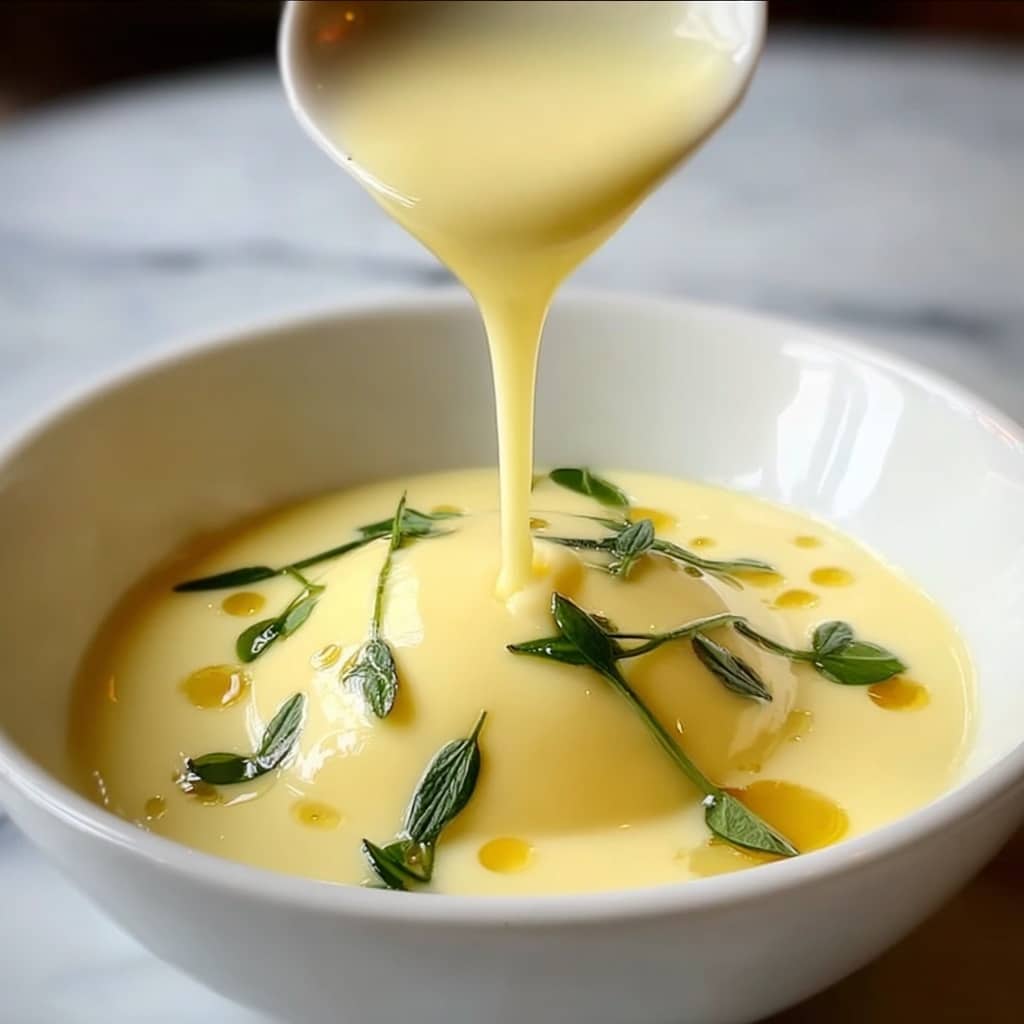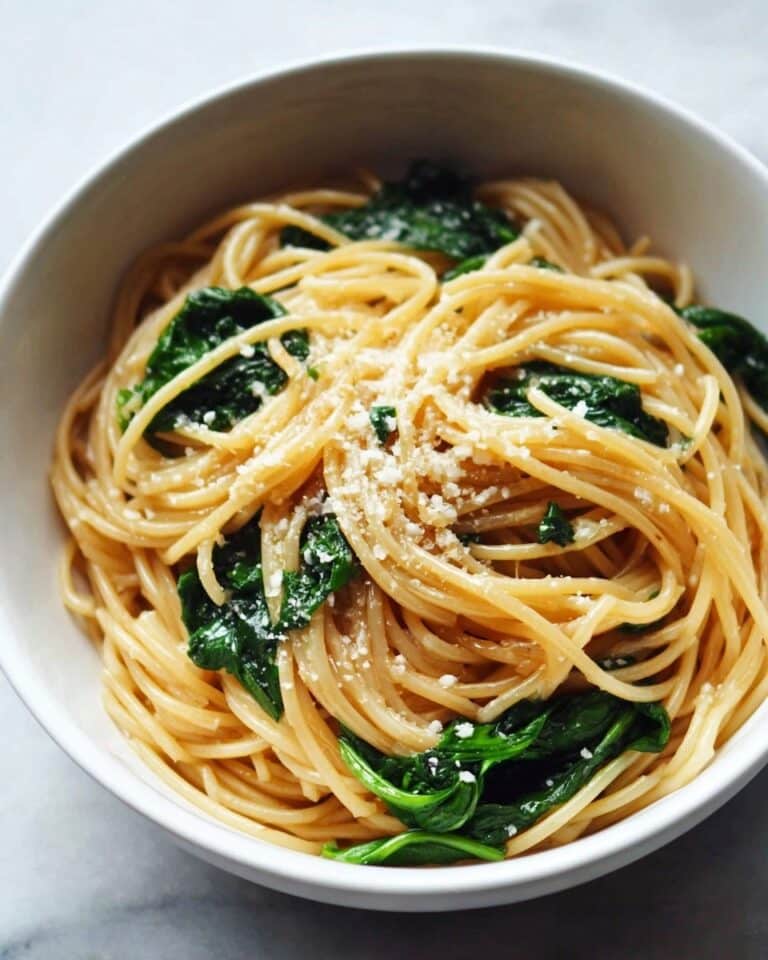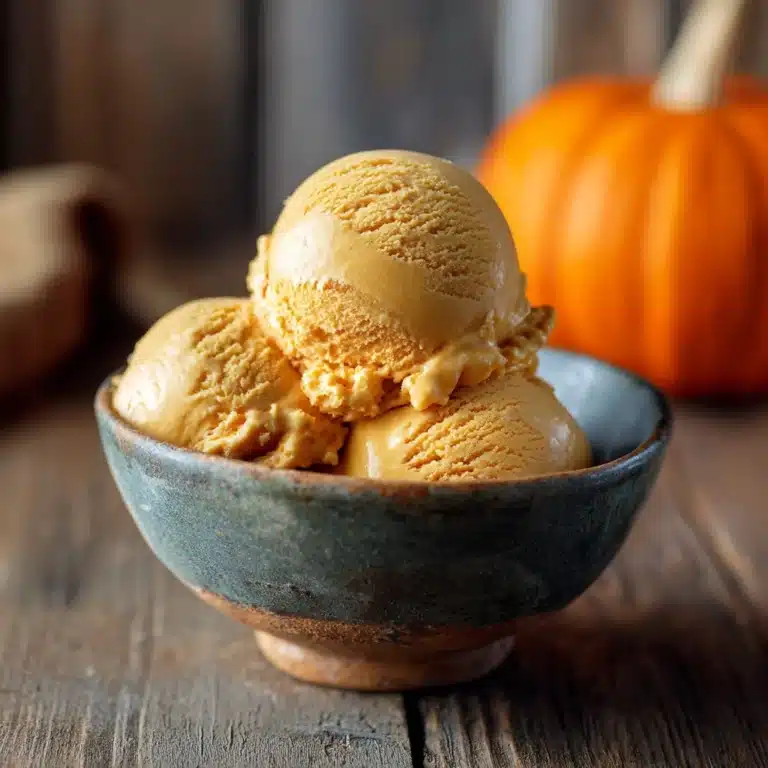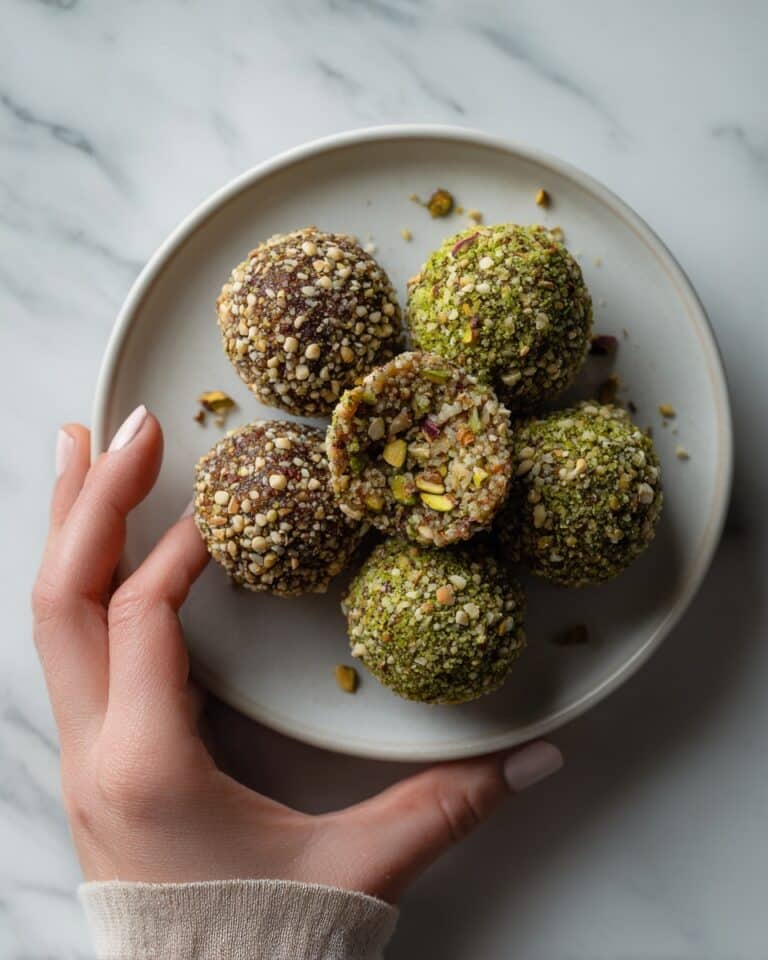If you have ever tasted the luxurious, silky delight of Hollandaise sauce draped over a perfectly poached egg or fresh steamed asparagus, you know why this classic French sauce steals the spotlight at brunch tables everywhere. This Hollandaise Sauce Recipe brings that rich, buttery goodness right into your kitchen with simple ingredients and straightforward steps, making it approachable even for those new to sauce-making. The delicate balance of tangy lemon and creamy egg yolks creates a velvety sauce that instantly elevates any dish it’s paired with, turning everyday meals into special occasions.
Ingredients You’ll Need
Gathering your ingredients for this Hollandaise sauce is delightfully simple, yet each element is crucial for the perfect texture and flavor that define this iconic sauce. From the richness of egg yolks to the bright acidity of fresh lemon juice, every component plays its role beautifully.
- 3 large egg yolks: They provide the creamy base and richness essential for that smooth consistency.
- 1 tablespoon fresh lemon juice: Adds a fresh, tangy brightness that balances the butter’s richness.
- 1/2 cup unsalted butter (1 stick), melted and warm: Brings in the buttery silkiness that Hollandaise is famous for.
- 1/4 teaspoon salt: Enhances all the flavors without overpowering them.
- A pinch of cayenne pepper (optional): Adds a subtle kick and depth, but can be skipped if you prefer a milder sauce.
How to Make Hollandaise Sauce Recipe
Step 1: Whisk Egg Yolks and Lemon Juice
Start by combining the egg yolks and fresh lemon juice in a heatproof bowl or the top of a double boiler. Whisk them together vigorously until the mixture thickens slightly and turns a pale yellow. This initial whisking is key because it begins to incorporate air and build the perfect base for your sauce.
Step 2: Warm Over Simmering Water
Place your bowl over gently simmering water, making sure the bottom of the bowl never touches the water to prevent overheating. The gentle steam heat is important because it cooks the egg yolks slowly, avoiding scrambling. Keep whisking constantly to keep the texture smooth and creamy.
Step 3: Slowly Drizzle in Melted Butter
Here’s where the magic happens: slowly pour in the warm melted butter in a thin, steady stream while whisking continuously. This slow incorporation allows the butter to emulsify into the eggs, creating that luscious, velvety texture you’re aiming for. If the sauce gets too thick, add a few drops of warm water to loosen it up.
Step 4: Season and Finish
Once all the butter has been whisked in and you have a thick, smooth sauce, remove the bowl from heat. Stir in the salt and a pinch of cayenne pepper if using. The seasoning brings all the flavors together, giving your Hollandaise a perfect balance of rich, tangy, and slightly spicy notes. Your sauce is ready to serve immediately, or you can keep it warm for up to 30 minutes by placing the bowl in lukewarm water.
How to Serve Hollandaise Sauce Recipe

Garnishes
To add a bit of visual appeal and extra flavor, consider garnishing your Hollandaise Sauce Recipe with a sprinkle of finely chopped fresh herbs like chives or parsley. A tiny bit of paprika or an extra pinch of cayenne on top can also bring a lovely contrast in color and flavor that will make your dish pop.
Side Dishes
Hollandaise is famously paired with eggs Benedict, but don’t stop there! Drizzle it over steamed asparagus, roasted artichokes, blanched spinach, or grilled fish for a silky, flavorful upgrade. It also works beautifully with roasted potatoes or even drizzled lightly on a fresh vegetable frittata.
Creative Ways to Present
Why not get a little adventurous? Use your Hollandaise to create small spoonfuls over individual roasted baby potatoes for a fun appetizer or dollop it over a stack of sautéed mushrooms and greens for a vegetarian delight. You can even try swirling it into warm polenta or risotto for a creamy finish that impresses every time.
Make Ahead and Storage
Storing Leftovers
If you happen to have any leftover Hollandaise Sauce Recipe, store it in an airtight container in the refrigerator. Keep in mind that Hollandaise is best enjoyed fresh, but it can be refrigerated for up to one day. It may thicken or separate slightly, which is normal.
Freezing
Freezing Hollandaise is generally not recommended because the delicate emulsion tends to break down. For the best flavor and texture, it’s worth making it fresh each time, especially since the sauce comes together quickly.
Reheating
When reheating, do so gently by placing the sauce in a heatproof bowl over warm water and whisking it constantly. Avoid direct heat, as this can cause the eggs to scramble. Adding a few drops of warm water can also help restore its creamy consistency if it starts to thicken too much.
FAQs
Can I use clarified butter instead of regular butter?
Yes! Clarified butter is an excellent choice for Hollandaise Sauce Recipe because it has the milk solids removed, which can help prevent the sauce from curdling. It also creates an even silkier texture.
What can I do if my Hollandaise sauce breaks or curdles?
If your sauce starts to separate or curdle, try whisking in a teaspoon of warm water to bring it back together. Lowering the heat and whisking vigorously usually rescues the sauce too.
Is Hollandaise Sauce Recipe safe to eat since it contains raw eggs?
This recipe cooks the egg yolks gently over simmering water, which reduces the risk commonly associated with raw eggs while maintaining its smooth texture. For extra safety, use pasteurized eggs if preferred.
Can I make Hollandaise Sauce Recipe without a double boiler?
Absolutely! You can use a heatproof bowl set over a pot of simmering water instead of a double boiler. Just be sure the bowl’s bottom does not touch the water, and whisk constantly to avoid overheating.
How long does Hollandaise sauce keep its texture after making?
Hollandaise sauce is best enjoyed immediately. If you keep it warm in a bowl over lukewarm water, it will hold nicely for about 30 minutes. Beyond that, the sauce may begin to thicken or separate.
Final Thoughts
Making your own Hollandaise Sauce Recipe may seem intimidating at first, but once you try this simple stovetop method, you’ll be amazed at how effortlessly it comes together and how much it elevates your dishes. Whether you’re treating yourself to a weekend brunch or adding a gourmet touch to dinner, this sauce is a timeless classic that’s sure to impress. So go ahead, whisk away and enjoy the creamy, buttery magic of Hollandaise!
Print
Hollandaise Sauce Recipe
- Prep Time: 5 minutes
- Cook Time: 10 minutes
- Total Time: 15 minutes
- Yield: About 1 cup (serves 4)
- Category: Sauce
- Method: Stovetop
- Cuisine: French
- Diet: Vegetarian
Description
This classic French Hollandaise Sauce is a rich, creamy emulsion made from egg yolks, fresh lemon juice, and warm melted butter, seasoned with a touch of salt and optional cayenne pepper. Perfect as a luxurious topping for eggs Benedict, steamed vegetables, or seafood, this sauce is prepared gently over a double boiler to achieve a silky and smooth texture.
Ingredients
Ingredients
- 3 large egg yolks
- 1 tablespoon fresh lemon juice
- 1/2 cup unsalted butter (1 stick), melted and warm
- 1/4 teaspoon salt
- A pinch of cayenne pepper (optional)
Instructions
- Whisk egg yolks and lemon juice: In a heatproof bowl or the top of a double boiler, vigorously whisk the egg yolks and lemon juice together until the mixture turns thick and pale in color, which ensures proper emulsification.
- Set up double boiler: Place the bowl over a pot of gently simmering water, making sure the bottom of the bowl does not touch the water to avoid overheating and curdling the eggs.
- Whisk while heating: Continuously whisk the mixture to maintain an even temperature and prevent the eggs from scrambling. This step is crucial for smooth sauce texture.
- Drizzle in melted butter: Slowly add the warm melted butter in a thin stream while whisking vigorously to allow the sauce to properly emulsify and thicken.
- Finish the sauce: Once all the butter is incorporated and the sauce is thick and smooth, remove the bowl from heat.
- Season: Stir in the salt and add a pinch of cayenne pepper if desired for a subtle spicy note.
- Serve or keep warm: Serve the sauce immediately or keep it warm for up to 30 minutes by placing the bowl in lukewarm water without direct heat to maintain its creamy consistency.
Notes
- If the sauce is too thick, whisk in a few drops of warm water to loosen it to your desired consistency.
- To prevent curdling, always keep the heat low and whisk constantly during cooking.
- Using clarified butter instead of regular melted butter results in a silkier texture and more stable sauce.









